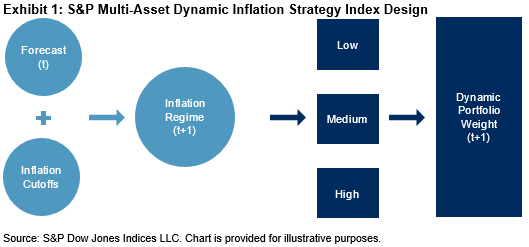After exploring the characteristics and lifecycle of special purpose acquisition companies (SPACs) in our previous SPAC blog series, we will now examine the recently launched S&P U.S. SPAC Index.
The S&P U.S. SPAC Index is designed to measure the performance of a minimum of 30 common stocks of SPACs listed on U.S. exchanges. The constituents are weighted by their one-month median daily value traded (MDVT), subject to a single constituent weight cap of 15%.
As of Aug. 31, 2021, the median market capitalization of all listed SPACs was USD 270 million, much lower than the median market capitalization of USD 1.6 billion of S&P SmallCap 600® constituents. Since most SPACs are small- or micro-cap companies, we compared the performance of the S&P U.S. SPAC Index against the S&P SmallCap 600, which is used as its benchmark. Historically, the S&P U.S. SPAC Index exhibited better risk/return characteristics than the benchmark, especially over the short- and mid-term periods. In the 45-month back-tested period ending in August 2021, the strategy exhibited a lower maximum drawdown (-26.8%) compared with the S&P SmallCap 600 (-36.1%; see Exhibit 2).


Over the period studied, the S&P U.S. SPAC Index provided downside protection in times of market turbulence. During all the months in which the benchmark was down between December 2017 and August 2021, the S&P U.S. SPAC Index outperformed 84.6% of the time and generated a monthly average excess return of 6.8% over the benchmark1 (see Exhibit 3).

The ability to provide downside protection exists due to the structure of SPACs. IPO proceeds are held in a trust account and are invested in U.S. Treasuries while the management team is looking for the target. Thus, they have a fixed income component to provide downside protection.


Stay tuned for our upcoming research paper on SPACs!
1 Up months: When the S&P SmallCap 600 has a positive monthly return.
Down months: When the S&P SmallCap 600 has a negative monthly return.






















































